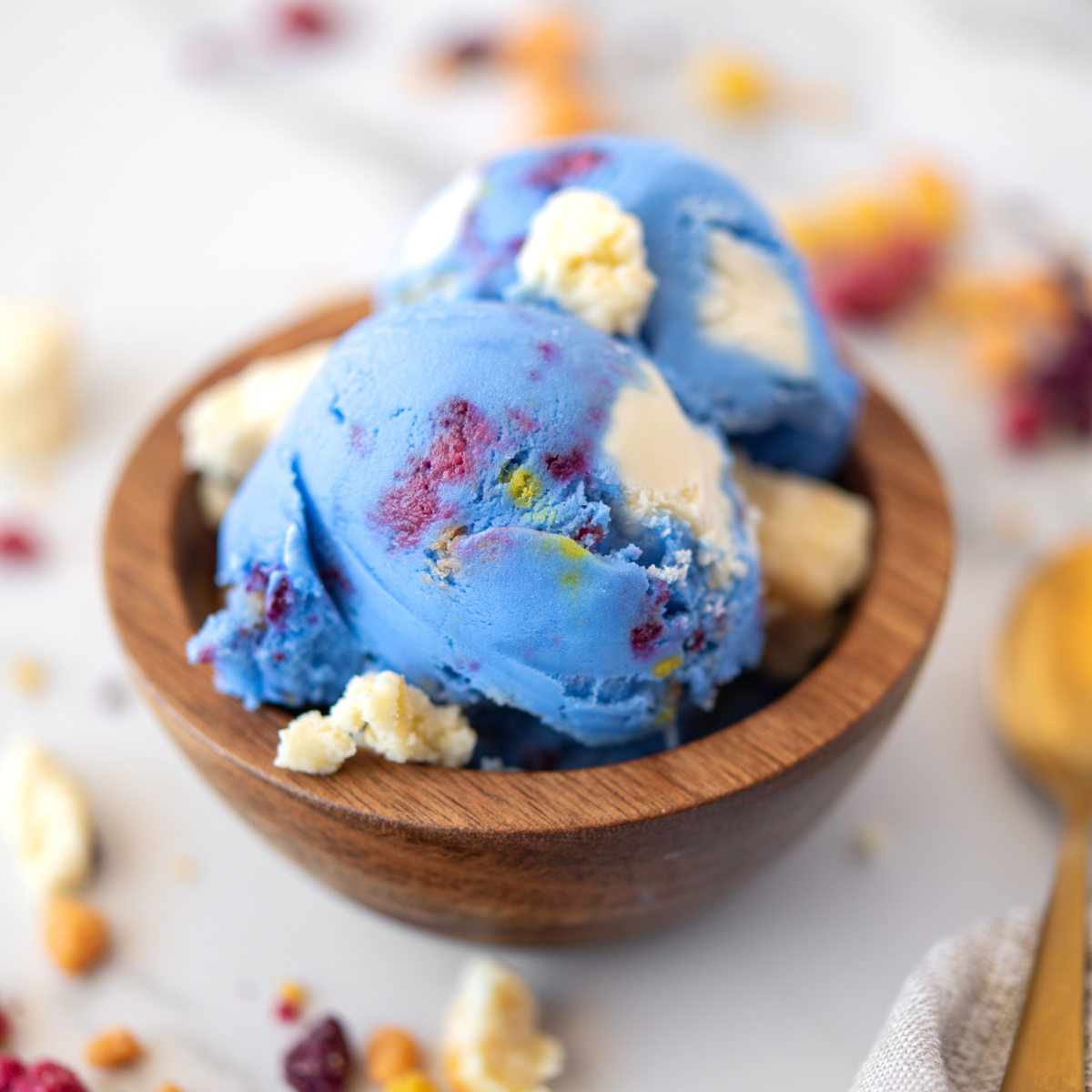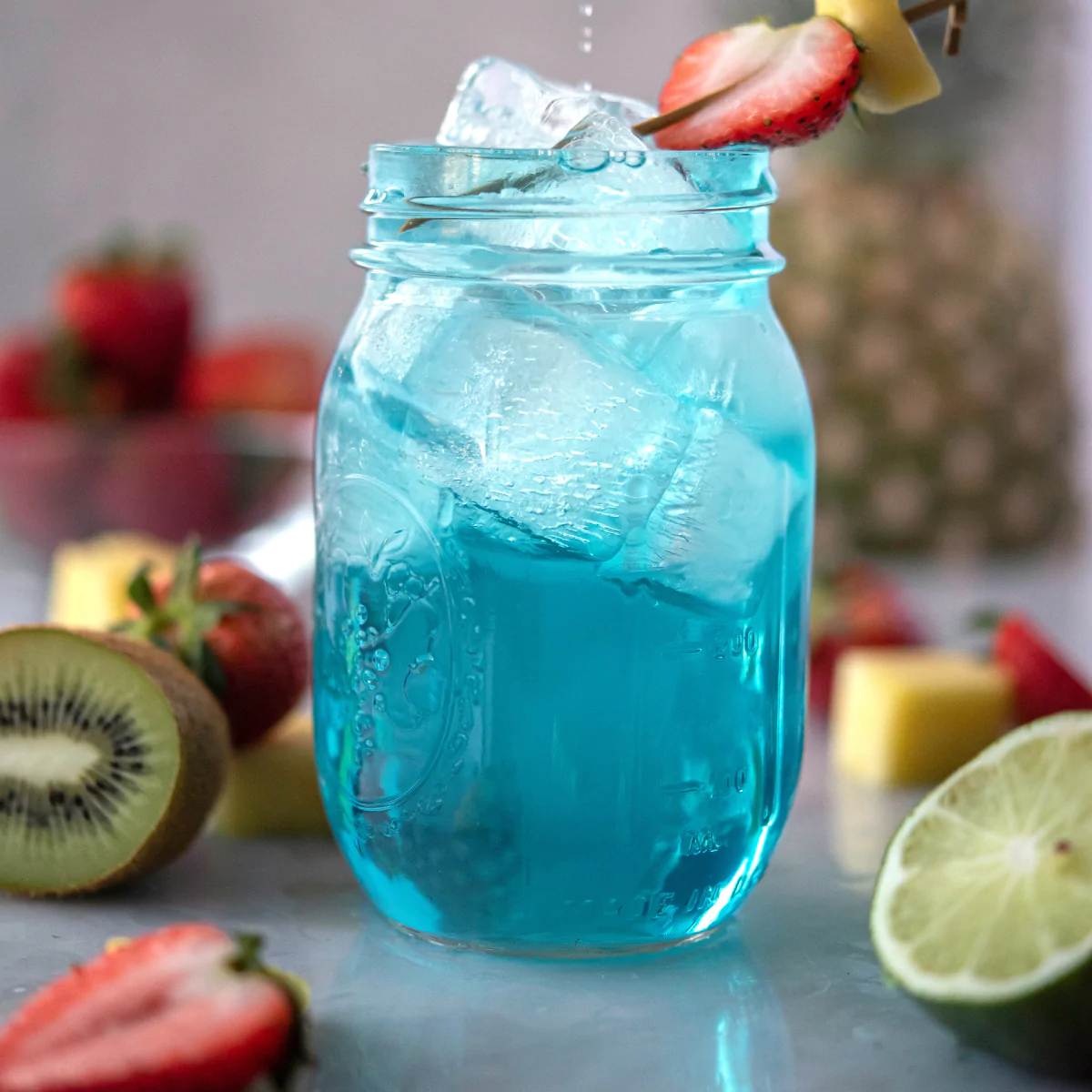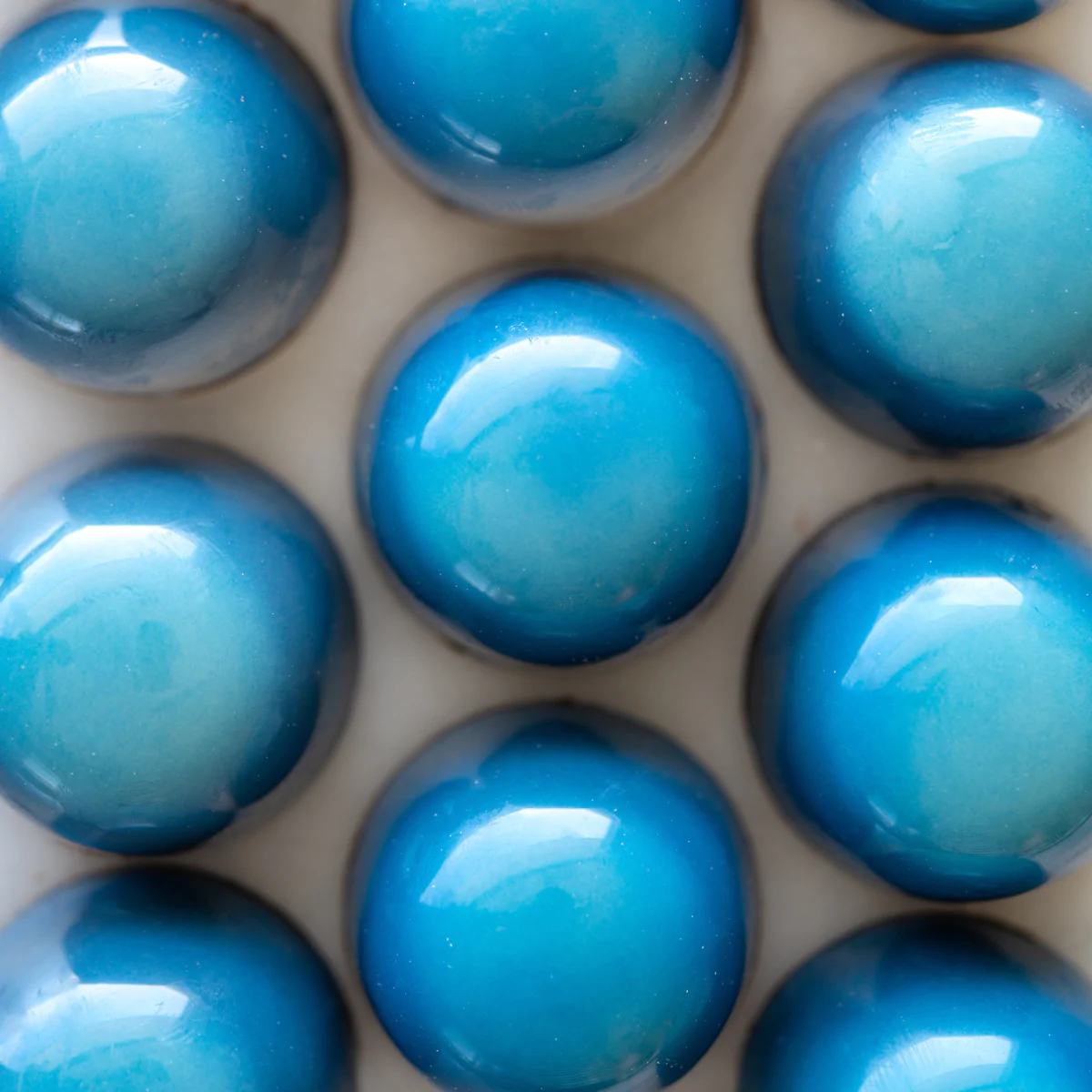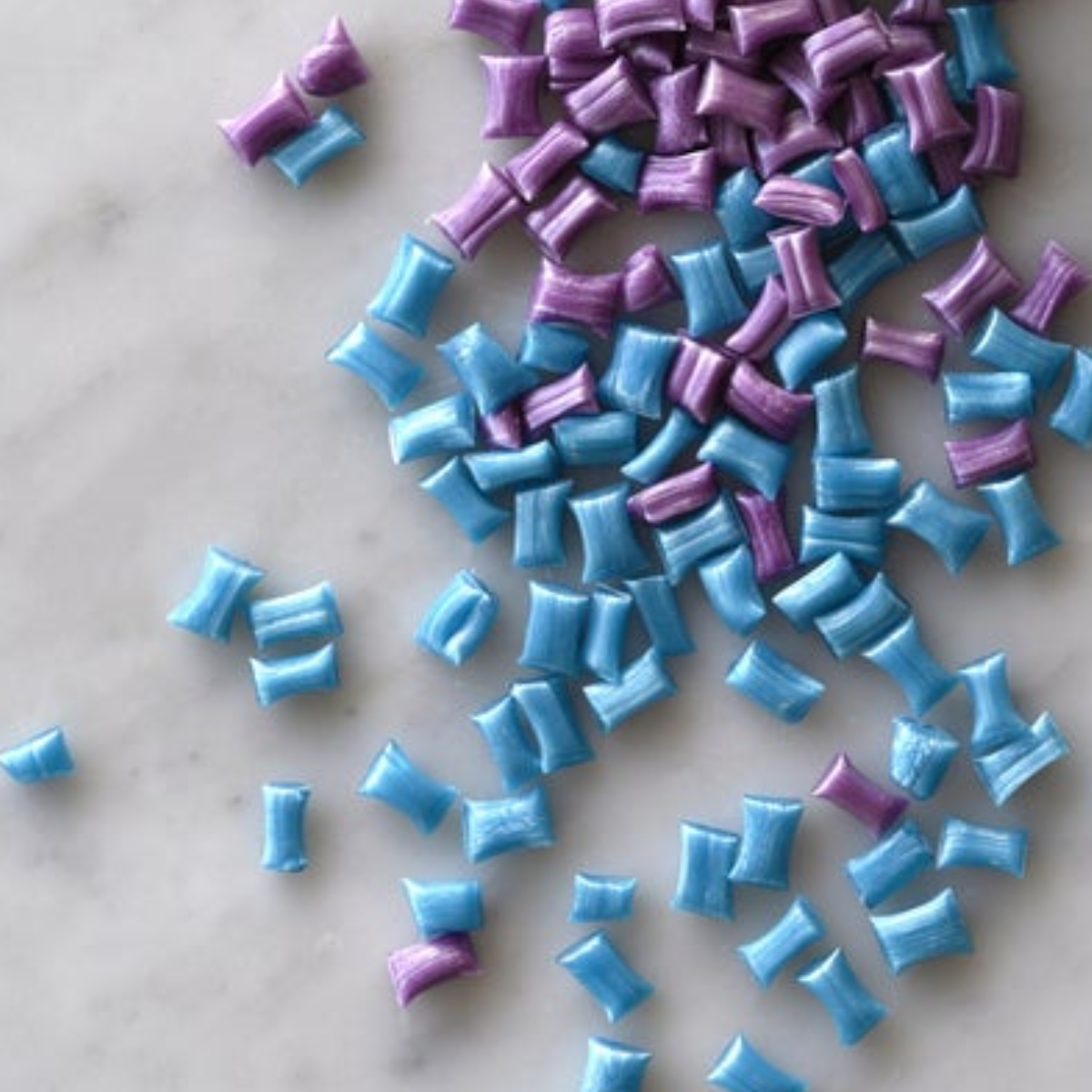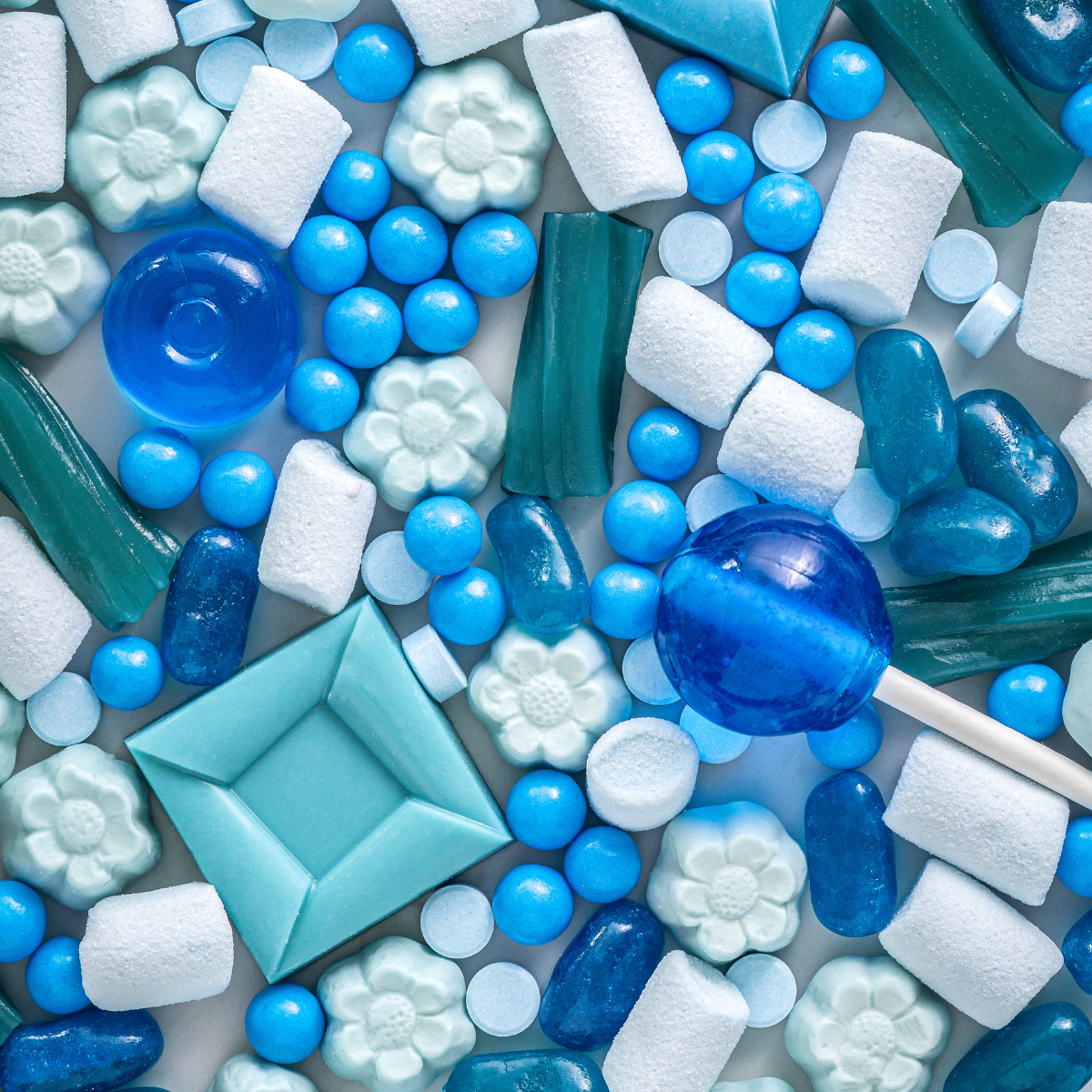Expert Interview: Pioneering sustainable algae products
 EXBERRY® by GNT is a pioneer in sustainable spirulina-based food coloring, with over 25 years’ experience in sourcing and processing the algae. We work with trusted suppliers to directly process cultivated spirulina biomass, producing high-quality, and eco-friendly blue concentrates at our dedicated factory in Mierlo, Netherlands. Today, we join one of our product managers, Christina Niehoff, who is responsible for our blue and green products, to learn more about our innovative processes and how we pioneered sustainable spirulina-based colors in an expert interview.
EXBERRY® by GNT is a pioneer in sustainable spirulina-based food coloring, with over 25 years’ experience in sourcing and processing the algae. We work with trusted suppliers to directly process cultivated spirulina biomass, producing high-quality, and eco-friendly blue concentrates at our dedicated factory in Mierlo, Netherlands. Today, we join one of our product managers, Christina Niehoff, who is responsible for our blue and green products, to learn more about our innovative processes and how we pioneered sustainable spirulina-based colors in an expert interview.
GNT pioneered the first blue color concentrates from spirulina in the 1990s. Why spirulina?
At the time, GNT was looking for a natural source for a blue Coloring Food so that we could offer our customers a complete spectrum of basic colors. When we examined different blue-appearing raw materials such as blueberry or red cabbage, though, it soon became obvious that these are not suitable options for delivering a blue shade in most food applications.
This is because these raw materials contain the coloring pigment anthocyanin, which typically shifts in color shade from red to blue with an increasing pH value. Most applications in the food industry where a blue color is of interest have an acidic pH, so we needed to find a source that is not pH-dependent – and we found it in spirulina. Spirulina has been traditionally used as a foodstuff in Central America, Africa and the Asian-Pacific region for centuries and is now known as a superfood.
The addition of spirulina to our portfolio has opened up really exciting new possibilities as its bright blue phycocyanin pigment can be blended with yellows to create green shades, and violets can be achieved by combining spirulina with reds. This gives us the ability to deliver all the shades of the rainbow in a wide range of applications using natural, plant-based colors.
What were some of the initial challenges with using spirulina in food and drink applications? Which challenges remain?
Although spirulina is sensitive to acid and heat, it really works well in a lot of applications and often without any issues.
If there are challenges in achieving a bright blue shade, our application team is happy to support our customers in finding a solution. We’ve gained a lot of expertise over the years and found ways to achieve vibrant and stable blue shades even for some challenging applications like beverages.
Given that spirulina-based food coloring is such a success for GNT, what types of spirulina-based product formats has the company developed to meet the various application needs of your customers?
For spirulina-based products, we can provide customers with all format types to meet the different application requirements. This means spirulina-based products are available as liquids and powders, including micronized powders and oil-dispersible products.
Micronized powders have been developed for solid applications such as pressed tablets or seasonings for snacks. The advantage of micronized powders is that, due to their very small particle size, a homogeneous color appearance can be achieved even in those application types. Our oil-dispersible products are of particular interest for customers wishing to color applications that contain hardly any water but still require a pumpable liquid. A typical application example for this format is compound coatings for ice cream or decorations.
Probably the biggest challenge with spirulina has been to make it work effectively in beverage applications such as carbonated soft drinks, energy drinks and sports drinks, where challenging conditions like high temperatures and an acidic base are present at the same time. To solve this challenge, we recently developed the Blue Beverage Solution, which is a patented technology that makes it possible to achieve vibrant blues in these applications for the first time.
How do you ensure the quality and sustainability of spirulina colors?
In 2018, we opened our spirulina factory in Mierlo, where we produce blue colors all year round. The processes are highly automated, ensuring consistent product quality, and the use of green energy increases the sustainability of the process. In addition, our R&D team is constantly working on improvements and optimizations to get the most out of our raw materials.
Blue is a special color among the colors of the rainbow. It doesn’t usually appear in nature as a natural food source and that means that, for the consumer, it’s not directly connected to a raw material and flavor. Thus, blue products are still rare.
Have blue spirulina products now reached mainstream acceptance?
When we first launched EXBERRY® blues, there were very few if any blue food and beverage applications on the market. But that has really changed in the last decade. Consumer acceptance for blue-, green- and violet-colored food and drink has really developed positively. Spirulina is now regularly used in confectionery applications and ice cream, but it has also become increasingly popular as a superfood, giving it real credibility in health-focused products.
Does GNT now offer other algae-based products?
Yes, we have recently launched our first algal carotenes, which can be used to provide orange and yellow shades. These new portfolio additions offer excellent performance and they are also extremely sustainable.
What potential growth do you foresee regarding algae-based products? Are there any new innovations or potential uses for other algae as raw materials that you are excited about?
Plant-based colors manufactured from algae are really interesting because of their carbon footprint. They can help us to achieve our sustainability goals due to several factors. The process can be run in closed bioreactors, which means a significant reduction in the size of the required agricultural space. It also means that we can use green energy for the entire production process. We therefore expect to see a significant increase in the use of algae-based food colors in various shades in the future.
What ongoing research and development efforts are you involved in to find new color sources, particularly sustainable and plant-based options?
As time goes on, we are unlocking more and more possibilities with our current product range – such as the Blue Beverage Solution. At the same time, we are also working to develop new products and processes. For example, GNT is involved in multiple projects exploring the potential of algae-based products for color purposes.
However, those projects are still secret and therefore we unfortunately cannot share any further details at this stage. We will announce any news as soon as possible.

